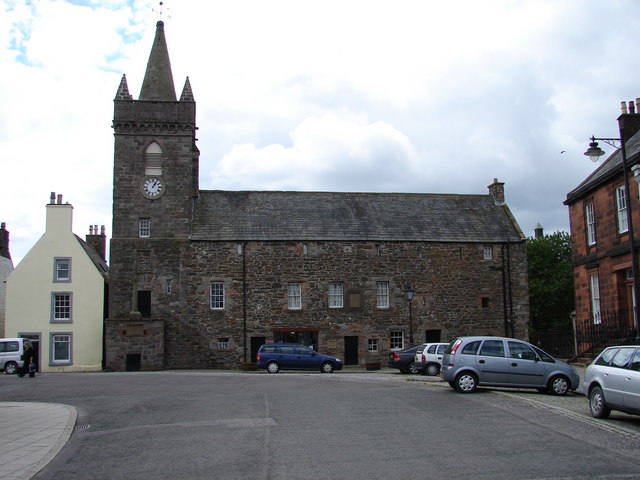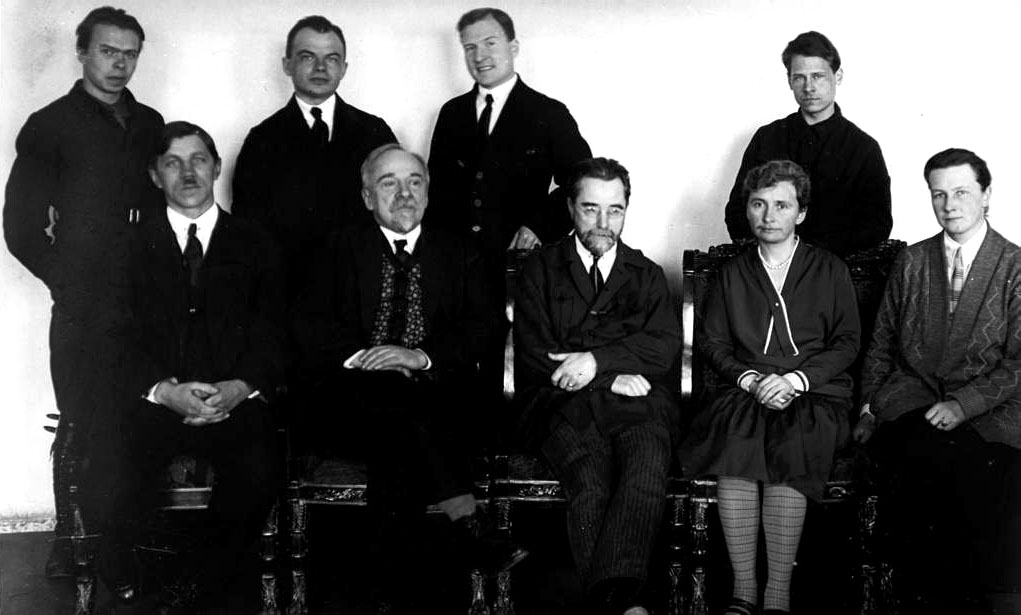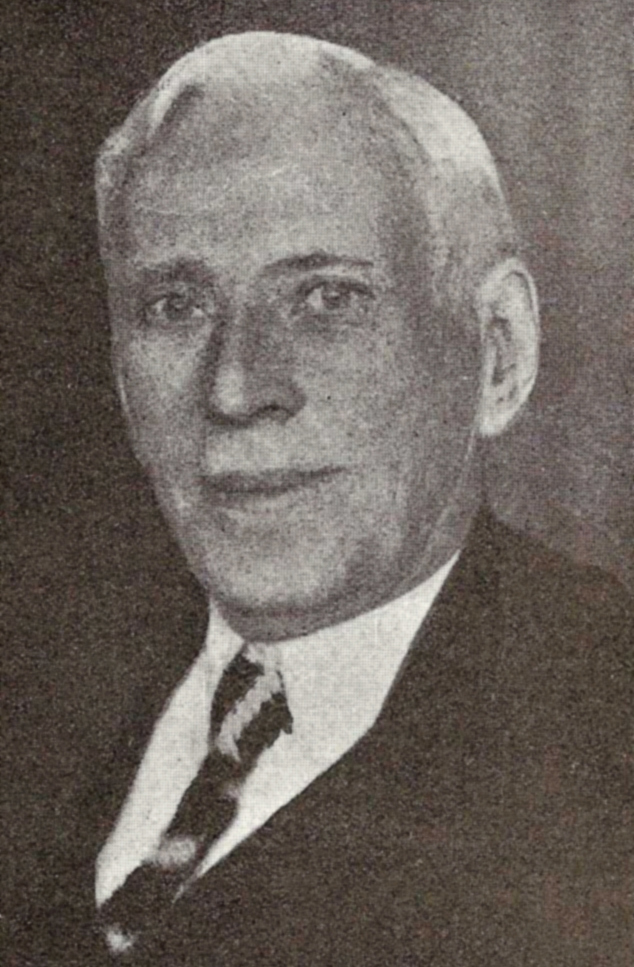|
White-throated Dipper
The white-throated dipper (''Cinclus cinclus''), also known as the European dipper or just dipper, is an aquatic passerine bird found in Europe, Middle East, Central Asia and the Indian Subcontinent. The species is divided into several subspecies, based primarily on colour differences, particularly of the pectoral band. The white-throated dipper is Norway's national bird. Taxonomy and systematics The white-throated dipper was described in 1758 by the Swedish naturalist Carl Linnaeus in the tenth edition of his ''Systema Naturae'' under the binomial name ''Sturnus cinclus''. The current genus ''Cinclus'' was introduced by the German naturalist Moritz Balthasar Borkhausen in 1797. The name ''cinclus'' is from the Ancient Greek word that was used to describe small tail-wagging birds that resided near water. Of the five species now placed in the genus, a molecular genetic study has shown that the white-throated dipper is most closely related to the other Eurasian species, the bro ... [...More Info...] [...Related Items...] OR: [Wikipedia] [Google] [Baidu] |
Kirkcudbright
Kirkcudbright ( ; sco, Kirkcoubrie; gd, Cille Chùithbeirt) is a town, parish and a Royal Burgh from 1455 in Kirkcudbrightshire, of which it is traditionally the county town, within Dumfries and Galloway, Scotland. The town lies southwest of Castle Douglas and Dalbeattie at the mouth of the River Dee, around from the Irish Sea. History An early rendition of the name of the town was Kilcudbrit; this derives from the Gaelic ''Cille Chuithbeirt'' meaning "chapel of Cuthbert", the saint whose mortal remains were kept at the town between their exhumation at Lindisfarne and reinterment at Chester-le-Street. John Spottiswoode, in his account of religious houses in Scotland, mentions that the Franciscans, or Grey Friars, had been established at Kirkcudbright from the 12th century. John Balliol was in possession of the ancient castle at Castledykes in the late 13th century and Edward I of England is said to have stayed here in 1300 during his war against Scotland. In 1455 K ... [...More Info...] [...Related Items...] OR: [Wikipedia] [Google] [Baidu] |
Cinclus
Dippers are members of the genus ''Cinclus'' in the bird family Cinclidae, so-called because of their bobbing or dipping movements. They are unique among passerines for their ability to dive and swim underwater. Taxonomy The genus ''Cinclus'' was introduced by the German naturalist Moritz Balthasar Borkhausen in 1797 with the white-throated dipper (''Cinclus cinclus'') as the type species. The name ''cinclus'' is from the Ancient Greek word ''kinklos'' that was used to describe small tail-wagging birds that resided near water. ''Cinclus'' is the only genus in the family Cinclidae. The white-throated dipper and American dipper are also known in Britain and America, respectively, as the ''water ouzel'' (sometimes spelt "ousel") – ouzel originally meant the only distantly related but superficially similar Eurasian blackbird ( Old English ''osle''). Ouzel also survives as the name of a relative of the blackbird, the ring ouzel. The genus contains five species: * White-throa ... [...More Info...] [...Related Items...] OR: [Wikipedia] [Google] [Baidu] |
Henry Eeles Dresser
Henry Eeles Dresser (9 May 183828 November 1915) was an English businessman and ornithologist. Background and early life Henry Dresser was born in Thirsk, Yorkshire, where his father was the manager of the bank set up by his grandfather. Dresser's father left Thirsk in 1840–41 to become a bank manager in Leeds before moving south to set up business as a commission merchant in the Baltic timber business in London in 1846. Henry Dresser senior was in business with his father-in-law, Robert Garbutt of Hull, who traded with Hackman and Co of Vyborg ( Viipuri) in southern Finland. Henry Dresser senior purchased a large timber sawmill business, the Lancaster Mills, near Musquash in New Brunswick in 1848. Henry Eeles Dresser was the eldest son of Henry Dresser and Eliza Ann Garbutt; he had five sisters and three brothers. His father intended him to take over the family business in the Baltic timber trade so took him out of school in Bromley and sent him to Ahrensburg in 1852, t ... [...More Info...] [...Related Items...] OR: [Wikipedia] [Google] [Baidu] |
Charles Lucien Bonaparte
Charles Lucien Jules Laurent Bonaparte, 2nd Prince of Canino and Musignano (24 May 1803 – 29 July 1857), was a French naturalist and ornithologist. Lucien and his wife had twelve children, including Cardinal Lucien Bonaparte. Life and career Bonaparte was the son of Lucien Bonaparte and Alexandrine de Bleschamp. Lucien was a younger brother of Napoleon I, making Charles the emperor’s nephew. Born in Paris, he was raised in Italy. On 29 June 1822, he married his cousin, Zénaïde, in Brussels. Soon after the marriage, the couple left for Philadelphia in the United States to live with Zénaïde's father, Joseph Bonaparte (who was also the paternal uncle of Charles). Before leaving Italy, Charles had already discovered a warbler new to science, the moustached warbler, and on the voyage he collected specimens of a new storm-petrel. On arrival in the United States, he presented a paper on this new bird, which was later named after Alexander Wilson. Bonaparte then set a ... [...More Info...] [...Related Items...] OR: [Wikipedia] [Google] [Baidu] |
Harry Forbes Witherby
Harry Forbes Witherby, MBE, FZS, MBOU (7 October 1873 – 11 December 1943) was a noted British ornithologist, author, publisher and founding editor (in 1907) of the magazine ''British Birds''. Personal life Harry was the second surviving son of Henry Forbes Witherby (1836–1907) of Holmehurst, Burley, Hants, the owner of the legal and maritime stationer Witherby and Co., employing 169 men who retired from the family business in 1899 to focus on his interests in painting and ornithology, leaving it to be run by his sons. After leaving school Witherby entered his old family publishing firm of Witherby, from which he retired in 1936, but resumed work again after the outbreak of the second world war. The family firm of H F and G Witherby, originally printers, began to publish bird books early in the 20th century. From an early age Witherby devoted himself to the study of ornithology, travelling extensively, including visits to Iran, the Kola Peninsula, and the White Nile. H ... [...More Info...] [...Related Items...] OR: [Wikipedia] [Google] [Baidu] |
Ural Mountains
The Ural Mountains ( ; rus, Ура́льские го́ры, r=Uralskiye gory, p=ʊˈralʲskʲɪjə ˈɡorɨ; ba, Урал тауҙары) or simply the Urals, are a mountain range that runs approximately from north to south through western Russia, from the coast of the Arctic Ocean to the river Ural and northwestern Kazakhstan.Ural Mountains Encyclopædia Britannica on-line The mountain range forms part of the conventional boundary between the regions of and |
Pavel Serebrovsky
Pavel Vladimirovich Serebrovsky (30 January 1888 – 5 February 1942) was a Russian ornithologist, biogeographer, and paleontologist. He worked on faunistics, biogeographical theories and worked at the zoological museum of the USSR Academy of Sciences while also collecting in the Altai and Caucasus regions. A couple of bird subspecies have been named after him. He died of starvation and cold during the Siege of Leningrad. Life and work Pavel was the son of Vladimir Vasilievich Serebrovsky and Anna Feofanovna and was born in the village of Khudoshino, Nizhny Novgorod province. One of 13 siblings, his father worked in a church and then as a teacher while his mother took an interest in poetry. All the children sang in the church choir and one sibling Gleb became a talented bass singer. In 1905 Pavel apprenticed to a shoemaker and learned to repair shoes. He graduated from the gymnasium in 1907 and joined Moscow University but after the dismissal of M.A. Menzbier in 1911, all the stu ... [...More Info...] [...Related Items...] OR: [Wikipedia] [Google] [Baidu] |
Henry Baker Tristram
Henry Baker Tristram FRS (11 May 1822 – 8 March 1906) was an English clergyman, Bible scholar, traveller and ornithologist. As a parson-naturalist he was an early supporter of Darwinism, attempting to reconcile evolution and creation. Biography He was the son of the Rev. Henry Baker Tristram, born at Eglingham vicarage, near Alnwick, Northumberland. He studied at Durham School and Lincoln College, Oxford. In 1846 he was ordained a priest. Diplomatic, scientific and missionary work Tristram was secretary to the governor of Bermuda from 1847 to 1849. He explored the Sahara desert, and in 1858 visited Palestine, returning there in 1863 and 1872, and dividing his time between natural history observations and identifying localities mentioned in the Old and New Testaments. In 1873 he became canon of Durham Cathedral. In 1881 he travelled again to Palestine, the Lebanon, Mesopotamia, and Armenia. He also made a voyage to Japan to visit his daughter, Katherine Alice Salvin Tristr ... [...More Info...] [...Related Items...] OR: [Wikipedia] [Google] [Baidu] |
Gyula Madarász
Gyula Madarász (3 May 1858 – 29 December 1931), also known as Julius von Madarász, was a Hungarian ornithologist and nature artist, who worked at the Hungarian National Museum. Early life and education Born in Pest, Madarász came from a wealthy family of minor nobility. Because he was financially independent, he could devote his entire life to scientific work. He attended the University of Budapest, first studying medicine, and then zoology. In 1880, he completed a doctoral thesis on the anatomy of birds of the family Paridae. Scientific career Starting in 1879, Madarász was an employee of the Hungarian National Museum. He worked there until his retirement in 1915, ultimately serving as the director of the ornithology department. During his tenure, he vastly increased the size of the collection through his own efforts and through purchases. Madarász travelled to every part of Hungary over the course of his career, and authored a number of authoritative works on the birds ... [...More Info...] [...Related Items...] OR: [Wikipedia] [Google] [Baidu] |
Johann Matthäus Bechstein
Johann Matthäus Bechstein (11 July 1757 – 23 February 1822) was a German naturalist, forester, ornithologist, entomologist, and herpetologist. In Great Britain, he was known for his treatise on singing birds (''Naturgeschichte der Stubenvögel'', ''Natural History of Cage Birds'', 1795). Biography Bechstein was born in Waltershausen in the district of Gotha in Thuringia. He studied theology for four years at the University of Jena, and spent time hunting and roaming the forests as opportunities permitted. After leaving school, he taught for some years, but gave teaching up to devote himself to outdoor pursuits. In 1795, he founded the school of forestry at Waltershausen, and in 1800, the Duke of Saxe-Meiningen made him the director of the forestry school at Dreissigacker near Meiningen in the neighbouring district of Schmalkalden-Meiningen. After the death of his own son, Bechstein adopted his nephew Ludwig Bechstein. Bechstein was a prolific zoologist and one of the fir ... [...More Info...] [...Related Items...] OR: [Wikipedia] [Google] [Baidu] |
John Latham (ornithologist)
John Latham (27 June 1740 – 4 February 1837) was an English physician, naturalist and author. His main works were ''A General Synopsis of Birds'' (1781–1801) and ''General History of Birds'' (1821–1828). He was able to examine specimens of Australian birds which reached England in the last twenty years of the 18th century, and was responsible for providing English names for many of them. He named some of Australia's most famous birds, including the emu, sulphur-crested cockatoo, wedge-tailed eagle, superb lyrebird, Australian magpie, magpie-lark and pheasant coucal. He was also the first to describe the hyacinth macaw. Latham has been called the "grandfather" of Australian ornithology. Biography John Latham was born on 27 June 1740 at Eltham in northwest Kent. He was the eldest son of John Latham (died 1788), a surgeon, and his mother, who was a descendant of the Sothebys, in Yorkshire. He was educated at Merchant Taylors' School and then studied anatomy under Wi ... [...More Info...] [...Related Items...] OR: [Wikipedia] [Google] [Baidu] |
Ernst Hartert
Ernst Johann Otto Hartert (29 October 1859 – 11 November 1933) was a widely published German ornithologist. Life and career Hartert was born in Hamburg, Germany on 29 October 1859. In July 1891, he married the illustrator Claudia Bernadine Elisabeth Hartert in Frankfurt am Main, Germany, with whom he had a son named Joachim Karl (Charles) Hartert, (1893–1916), who was killed as an English soldier on the Somme. Together with his wife, he was the first to describe the blue-tailed Buffon hummingbird subspecies (''Chalybura buffonii intermedia'' Hartert, E & Hartert, C, 1894). The article ''On a collection of Humming Birds from Ecuador and Mexico'' appears to be their only joint publication. Hartert was employed by Walter Rothschild, 2nd Baron Rothschild as ornithological curator of Rothshild's private Natural History Museum at Tring, in England from 1892 to 1929. Hartert published the quarterly museum periodical ''Novitates Zoologicae'' (1894–39) with Rothschild, and t ... [...More Info...] [...Related Items...] OR: [Wikipedia] [Google] [Baidu] |




_(8967632085).jpg)
